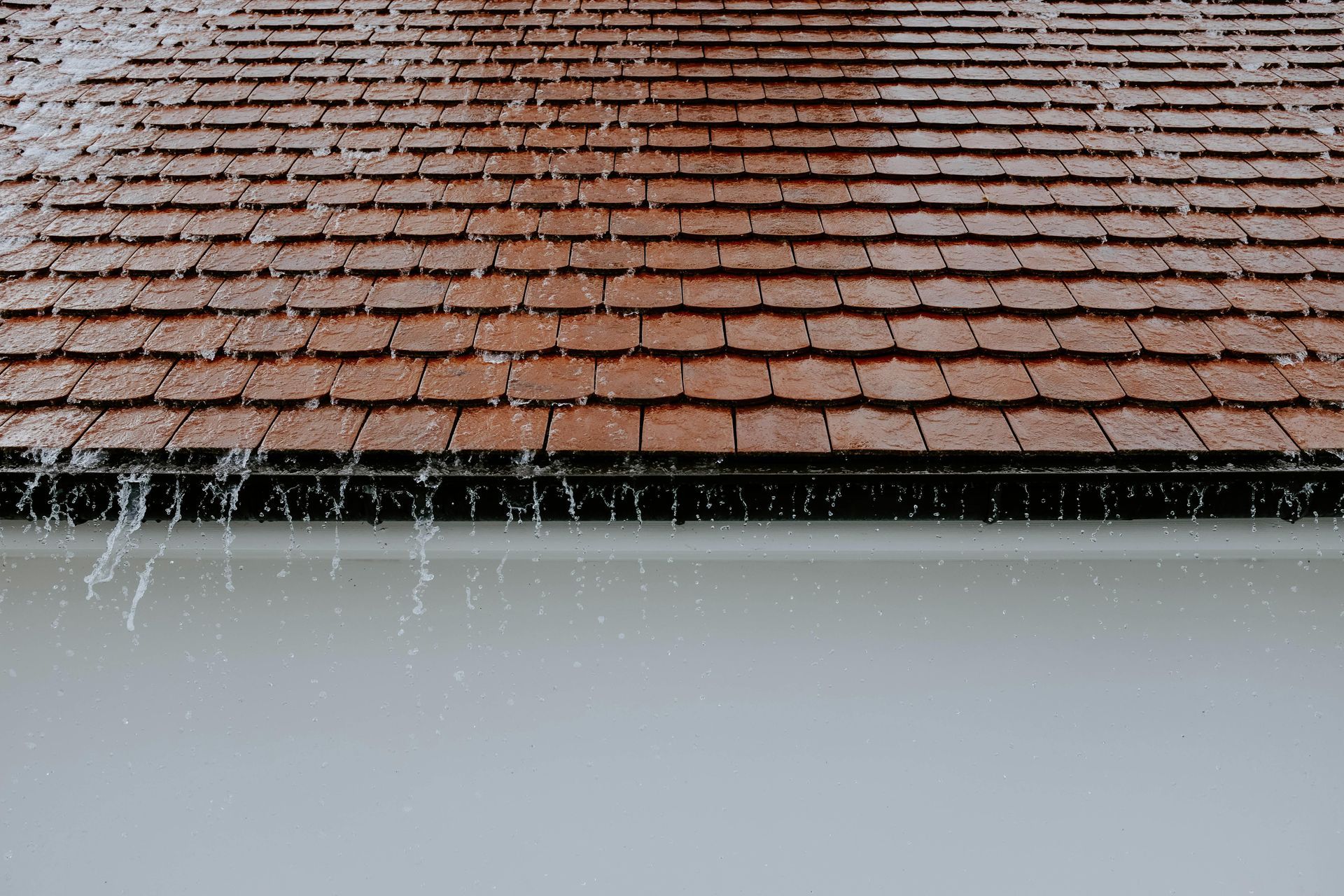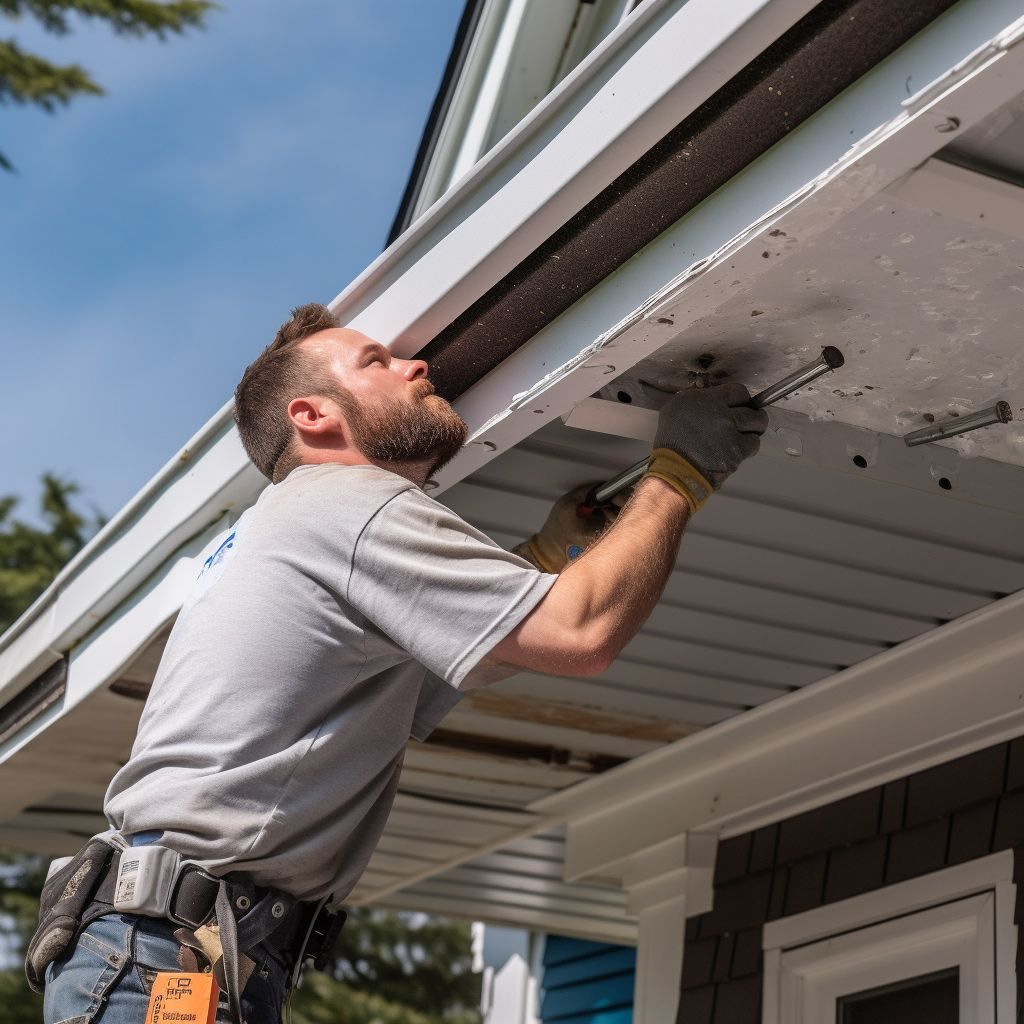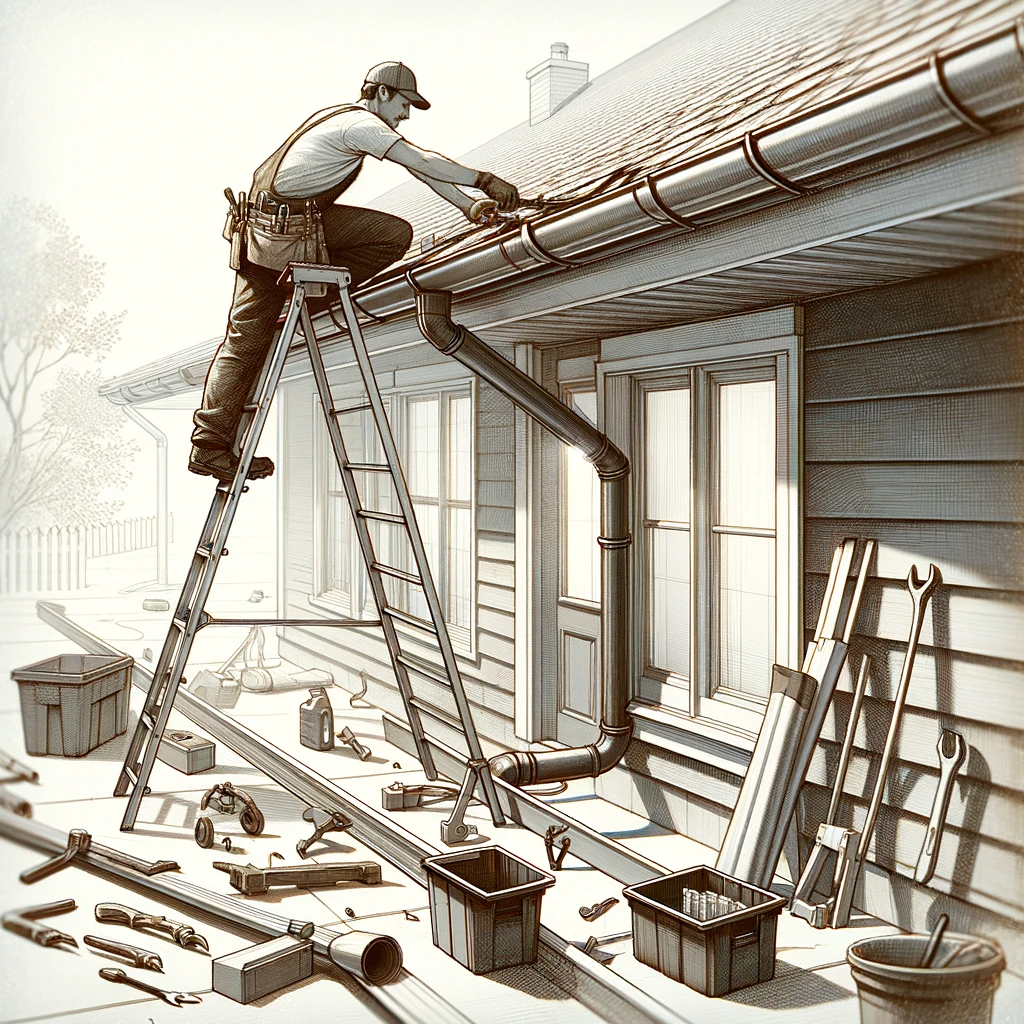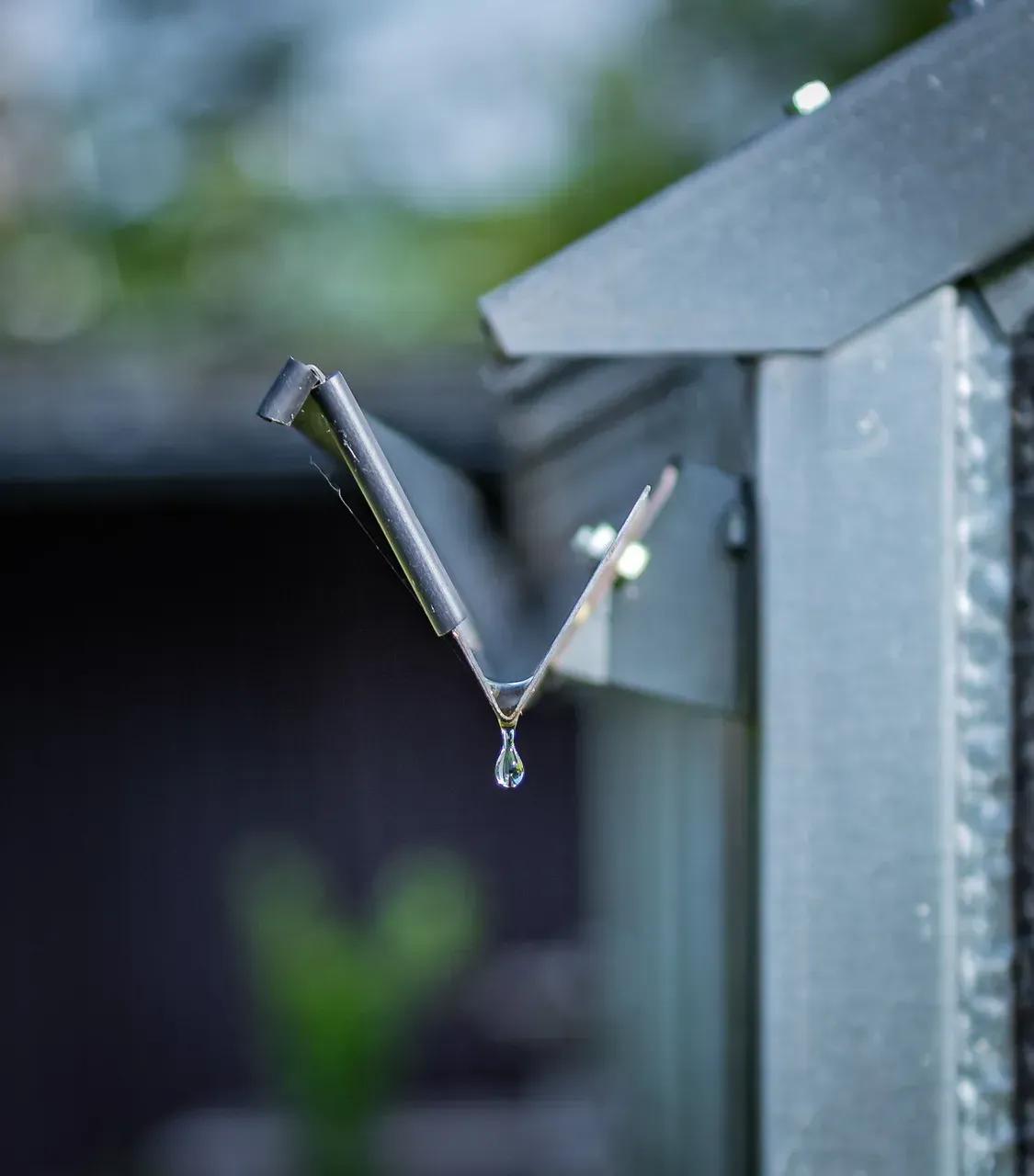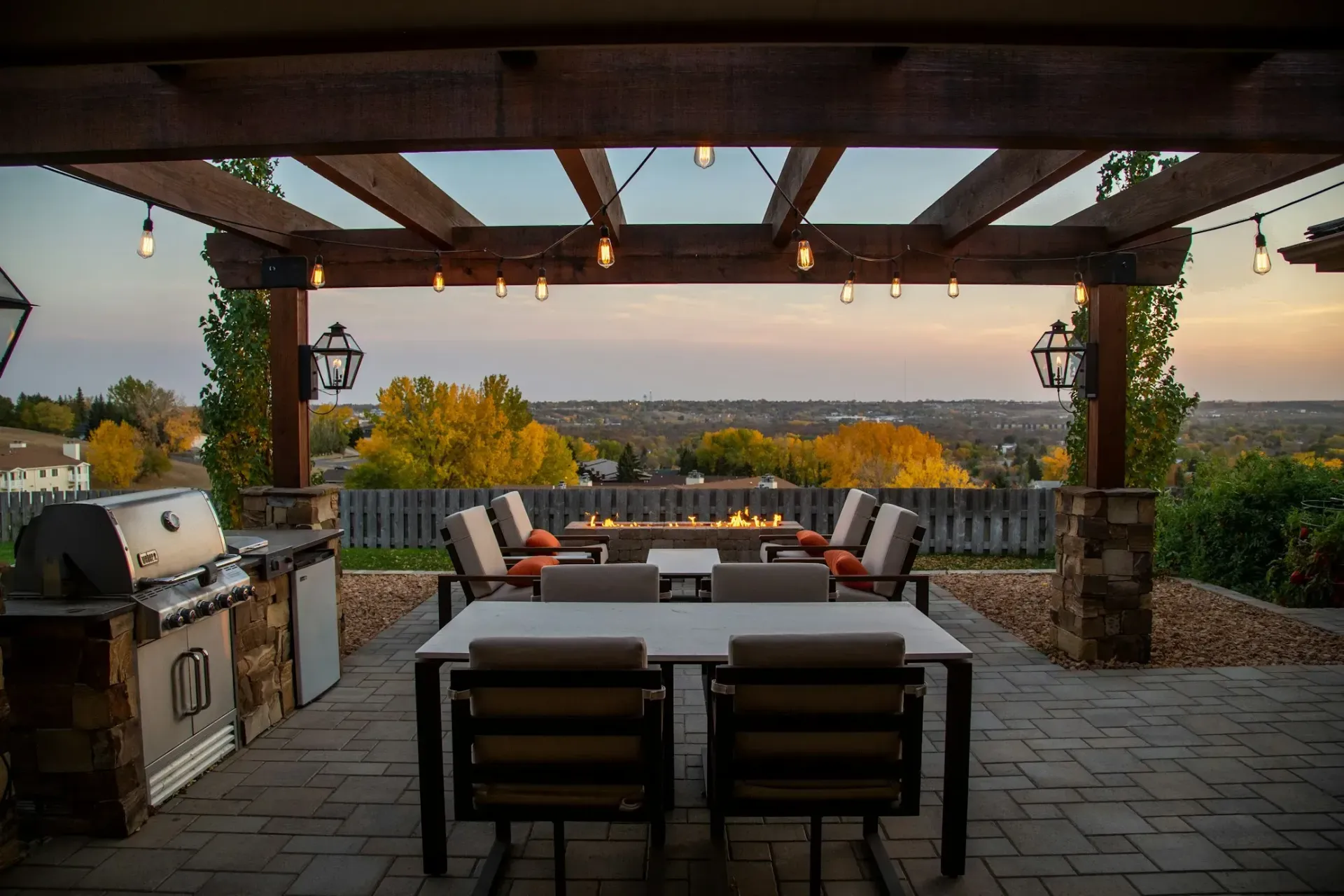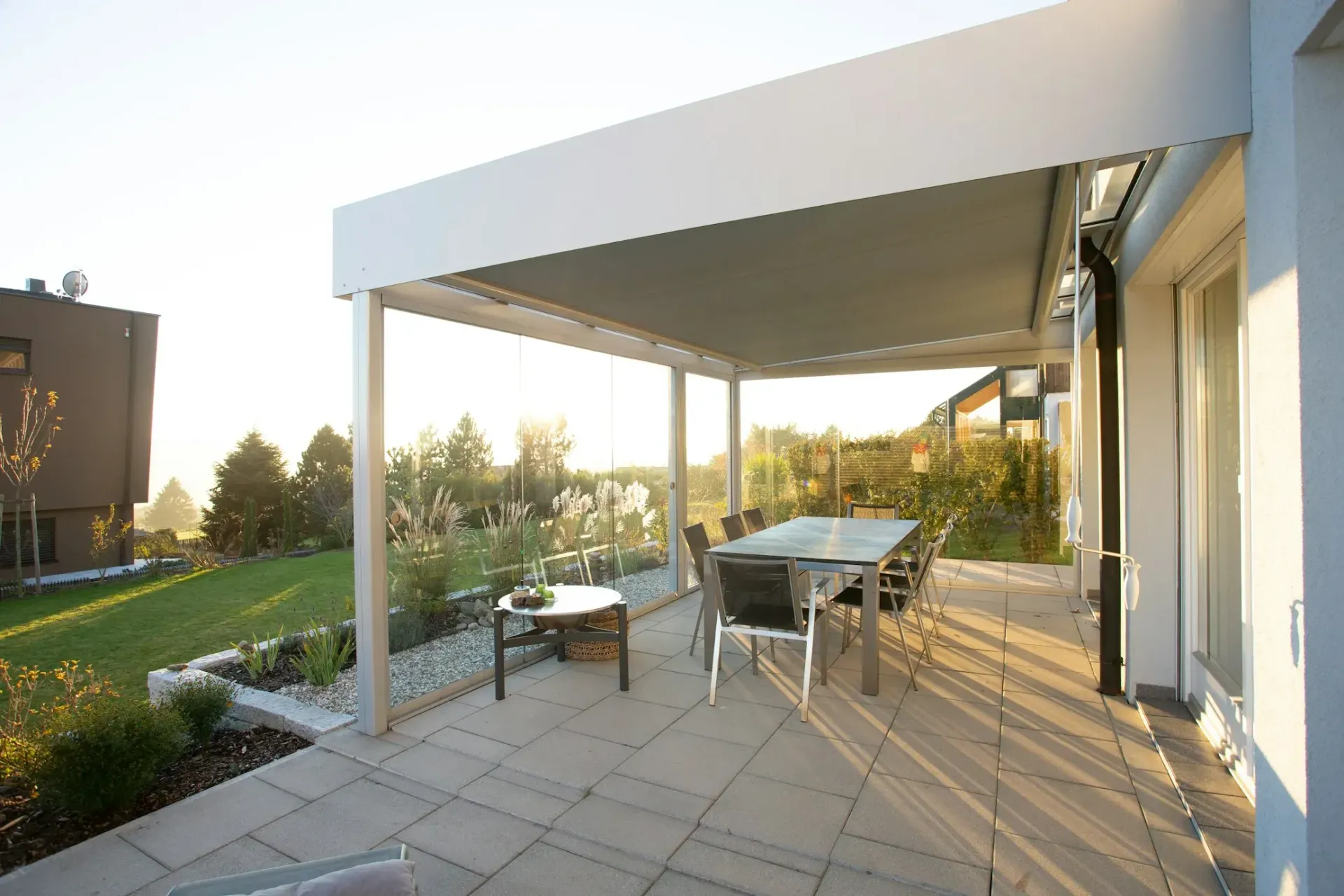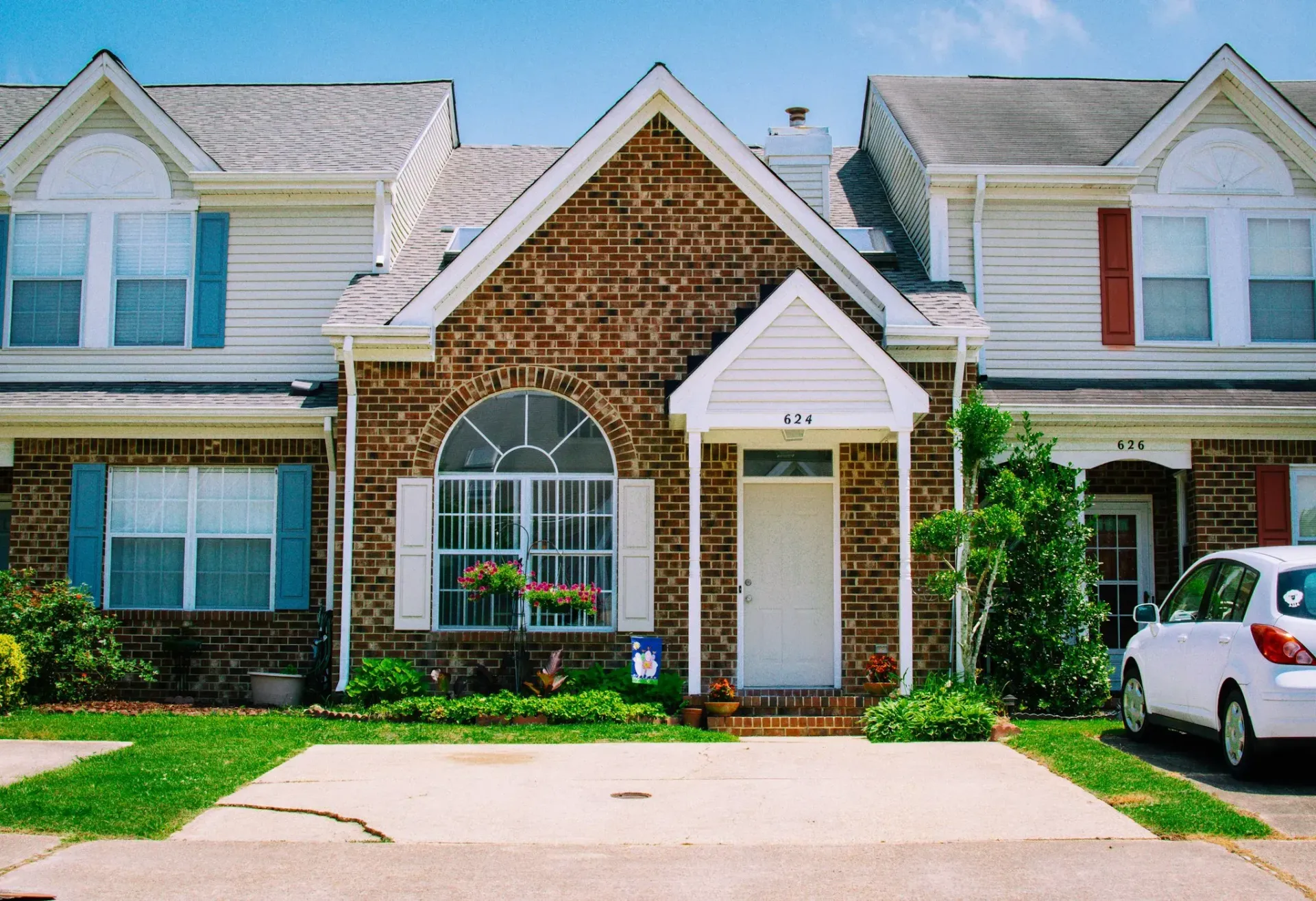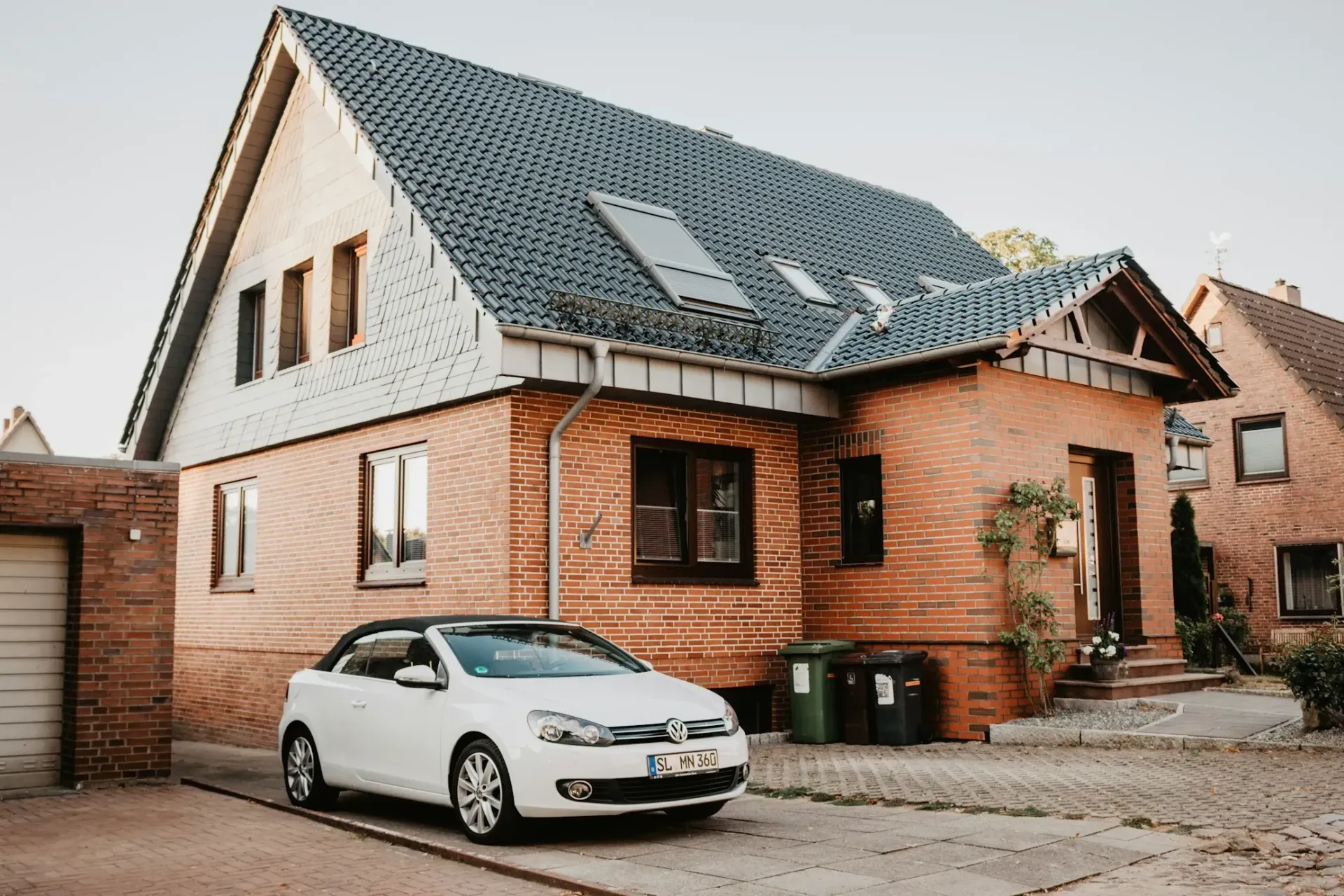
What is a Patio Cover? A Comprehensive Guide
Adding a patio cover to your backyard can transform your outdoor space into a cozy retreat. These covers offer shade and protection from the weather, allowing you to enjoy your patio year-round.
Patio covers come in various styles and materials, making it easy to find one that fits your taste and budget. They can be crafted from wood for a classic look, aluminum for durability, or vinyl for low maintenance.
Besides being practical, patio covers enhance the aesthetics of your outdoor area. They create a defined space that's perfect for entertaining or just hanging out. With the right design, a patio cover can seamlessly connect your indoor and outdoor living spaces, adding both value and appeal to your home.
In this guide, we'll explore the benefits of patio covers, the materials they're made from, and how they can improve your outdoor experience.
What is a Patio Cover?
A patio cover is a structure that extends over your patio or deck, attaching to the outside of your home. It’s typically made from materials like wood, aluminum, or vinyl.
Patio covers provide shade and shelter, letting you enjoy your outdoor space even when the weather isn’t perfect. They protect your outdoor furniture from rain and sun, keeping everything in good shape.
Beyond being practical, patio covers boost the look of your backyard. They create a great spot to relax, dine, or entertain. With various styles available, you can find a patio cover that matches your home’s design and adds value to your property.
Benefits of a Patio Cover
A patio cover offers numerous advantages that can greatly enhance your outdoor living experience. Here’s how:
Protection from the Elements
A patio cover provides essential shade and shelter, allowing you to enjoy your outdoor space regardless of the weather. It shields you from the harsh sun, rain, and even snow, making your patio usable year-round.
Extended Outdoor Living Space
With a patio cover, your outdoor area becomes a natural extension of your home. It creates a cozy, defined space perfect for relaxing, dining, or entertaining guests.
Increased Property Value
Investing in a patio cover can boost your home's curb appeal and market value. A well-designed patio cover enhances the look of your backyard, making it a more attractive feature for potential buyers.
Protection for Outdoor Furniture
By providing cover, a patio cover helps protect your outdoor furniture from damage caused by sun exposure and rain, keeping it in better condition for longer.
Energy Efficiency
Patio covers can also contribute to energy savings by providing shade that helps keep your home cooler during hot months, reducing the need for air conditioning.
Whether you're looking to create a comfortable outdoor retreat or simply want to protect your patio area, a patio cover is a valuable addition to any home.
Materials Used in Patio Covers
When choosing a patio cover, the material you select is a key factor. Each material has its own benefits and drawbacks. Here’s a look at the most common options:
Wood Patio Covers
- Appearance: Wood offers a classic, natural look that can be customized with stains or paint to match your home’s style.
- Pros: Wood is versatile and can be crafted into various designs. It's ideal for those who want a traditional or rustic aesthetic.
- Cons: Requires regular maintenance, such as sealing or painting, to prevent damage from moisture and insects.
Aluminum Patio Covers
- Appearance: Aluminum provides a sleek and modern look, often available in various colors and finishes.
- Pros: Lightweight and durable, aluminum is resistant to rust and corrosion. It requires minimal maintenance and is long-lasting.
- Cons: May not offer the same aesthetic appeal as wood for some homeowners. It can also become hot in direct sunlight.
Vinyl Patio Covers
- Appearance: Vinyl offers a clean, simple look and is available in a range of colors.
- Pros: Low maintenance and easy to clean, vinyl is resistant to moisture and insect damage. It’s a cost-effective option.
- Cons: Limited design options compared to wood. It may be less durable in extreme weather conditions.
Composite Materials
- Appearance: Composite materials combine wood fibers and plastics, offering a variety of finishes and styles.
- Pros: Offers the appearance of wood with the durability of synthetic materials. Low maintenance and resistant to rot.
- Cons: Can be more expensive than other materials. Color choices may be limited.
Each material offers unique benefits, so consider your budget, aesthetic preferences, and maintenance needs when selecting the right patio cover for your home.
Installation Process
Installing a patio cover involves several steps, whether you choose to hire a professional or tackle it as a DIY project. Here’s what you need to know about the installation process:
1. Planning and Permits
- Initial Planning: Determine the size, style, and materials for your patio cover. Consider factors like local climate, budget, and how the cover will complement your home’s architecture.
- Permits: Check local building codes and regulations. You may need a permit to install a patio cover, especially if it's attached to your home or exceeds a certain size.
2. Site Preparation
- Clear the Area: Remove any obstacles, furniture, or plants from the installation area to ensure a smooth process.
- Measure and Mark: Measure the dimensions of the area where the patio cover will be installed. Mark the placement of posts and beams.
3. Foundation and Support
- Post Installation: For freestanding covers, dig holes and set the posts in concrete for stability. For attached covers, install mounting brackets to the exterior wall.
- Beam and Rafter Installation: Attach beams to the posts or brackets. Secure rafters to the beams, ensuring they are evenly spaced for proper support.
4. Roof Installation
- Roofing Material: Install the chosen roofing material, whether it’s panels, shingles, or another option. Ensure proper alignment and secure fastening to withstand weather conditions.
- Sealing and Finishing: Seal any joints or gaps to prevent water leakage. Apply any necessary finishes, such as paint or sealant, to protect the materials.
5. Final Touches
- Add Accessories: Install any additional features like lighting, fans, or decorative elements.
- Inspection: Conduct a final inspection to ensure everything is secure and meets safety standards.
DIY vs. Professional Installation
- DIY: If you have experience with construction and feel confident in your skills, a DIY installation can save money. Make sure you have the right tools and follow all safety guidelines.
- Professional Installation: Hiring a professional ensures the job is done correctly and efficiently. Professionals have the expertise to handle complex designs and can obtain necessary permits.
Choosing the right installation approach depends on your skill level, budget, and the complexity of the project. A well-installed patio cover can provide years of enjoyment and protection for your outdoor space.
Maintenance Tips
Keeping your patio cover in good condition is essential for its longevity and continued performance. Here are some maintenance tips to help you care for your patio cover:
Regular Cleaning
- Surface Cleaning: Clean the surface of your patio cover regularly to remove dirt, dust, and debris. Use a gentle soap and water solution, and avoid harsh chemicals that could damage the material.
- Gutter Cleaning: If your patio cover has gutters, clear them of leaves and debris to prevent water buildup and potential damage.
Inspect for Damage
- Visual Inspection: Regularly inspect your patio cover for signs of wear and tear, such as cracks, rust, or loose fasteners. Address any issues promptly to prevent further damage.
- Structural Check: Ensure that all bolts, screws, and connectors are secure. Tighten any loose fittings and replace any damaged parts.
Material-Specific Care
- Wood Covers: Apply a protective sealant or stain every couple of years to prevent rot and insect damage. Sand any rough spots and repaint as needed to maintain appearance.
- Aluminum Covers: Check for signs of corrosion or oxidation. Clean with a mild detergent and water, and avoid abrasive cleaners that can scratch the surface.
- Vinyl Covers: Wipe down vinyl covers with a soft cloth and soapy water. Avoid using sharp tools or rough brushes that could scratch the material.
Weather Protection
- Wind and Storm Preparedness: Secure any loose items around your patio cover during severe weather. Consider using tie-downs or braces for added stability in high winds.
- Snow and Ice: If you live in an area with snow, regularly remove snow buildup from the patio cover to prevent excess weight and potential collapse.
Seasonal Maintenance
- Spring and Summer: Check for any damage caused by winter weather. Clean thoroughly and inspect for pests or damage.
- Fall and Winter: Prepare your patio cover for colder months by ensuring it is clean and free of debris. Consider additional protection like covers or tarps if necessary.
By following these maintenance tips, you can extend the life of your patio cover and keep it looking and functioning at its best.
Conclusion
A patio cover is a valuable addition to any home, offering both practical and aesthetic benefits. By providing shade, shelter, and protection from the elements, patio covers enhance your outdoor living experience, allowing you to enjoy your backyard in comfort and style.
Whether you choose wood, aluminum, vinyl, or a composite material, selecting the right patio cover for your needs involves considering factors like design, materials, and installation methods. With proper maintenance, your patio cover can provide years of enjoyment, increase your property’s value, and create a welcoming space for relaxation and entertainment.
When planning for a patio cover, consider your budget, style preferences, and how the cover will fit with your home’s architecture. Whether you opt for a DIY approach or hire a professional, a well-installed patio cover can transform your outdoor space into a versatile and attractive area.
Ready to enhance your outdoor living space with a beautiful and functional patio cover? Whether you're looking to add shade, style, or value to your home, a patio cover is a perfect solution.
Gutter Express LA offers expert installation of steel and aluminum patio covers, designed to withstand the elements and complement your home’s style. Serving the areas of Lafayette, Youngsville, Abbeville, Lake Charles, Carencro, and Kaplan, our team is here to help you transform your outdoor space.
In addition to patio covers, Gutter Express provides a full range of services, including:
- Gutter Installation
- Gutter Repair
- Gutter Cleaning
- Fascia (Aluminum) & Soffit (Vinyl)
- Siding
Contact Gutter Express today to schedule a consultation and take the first step toward creating the perfect patio area for your home.
Contact Us
We will get back to you as soon as possible.
Please try again later.
Contact Information
Phone: (337) 277-2575
Email: gutterexpressla@gmail.com
Address: Lafayette, LA 70506 USA
Business Hours:
- Mon - Sun
- -
